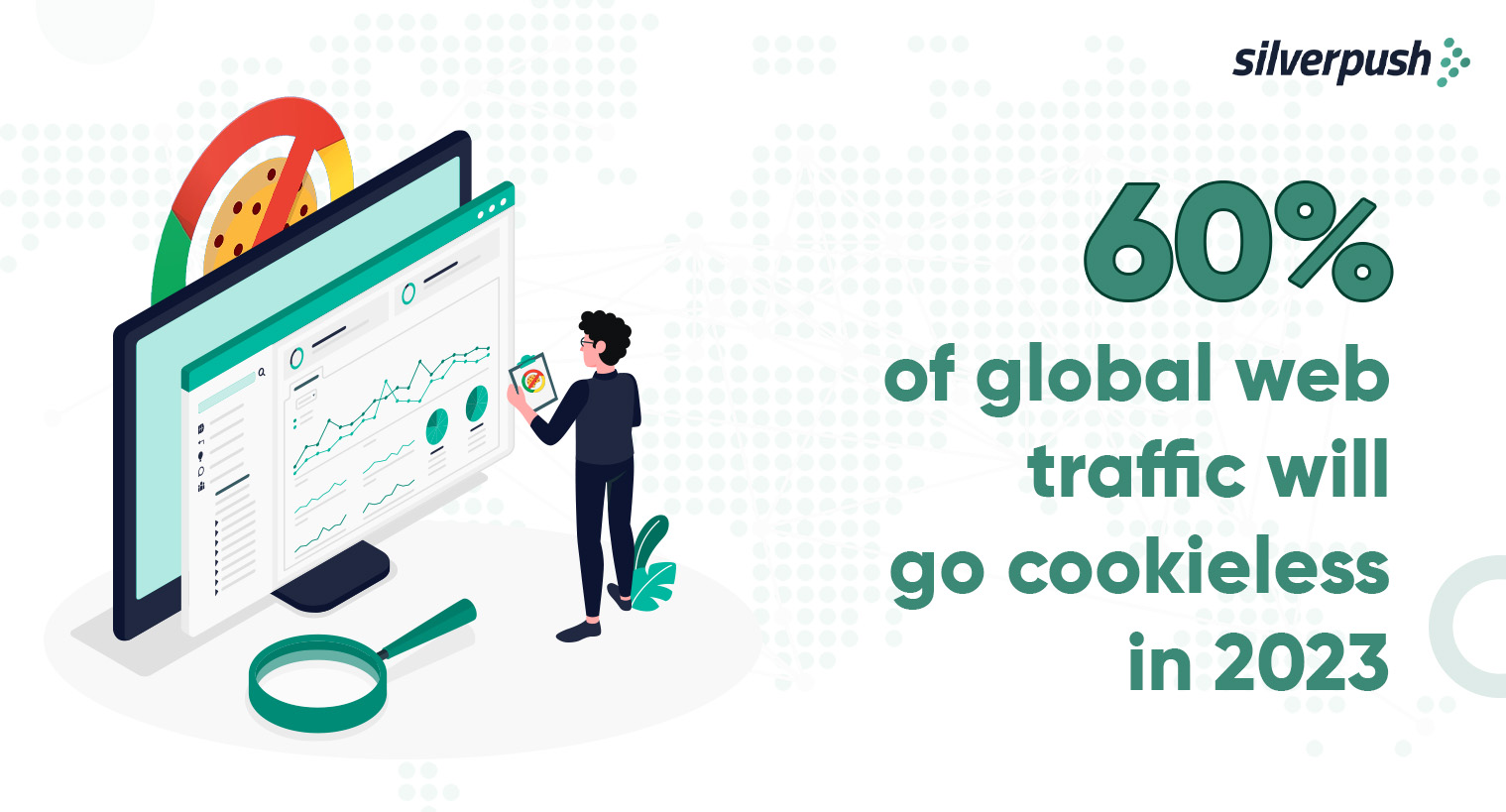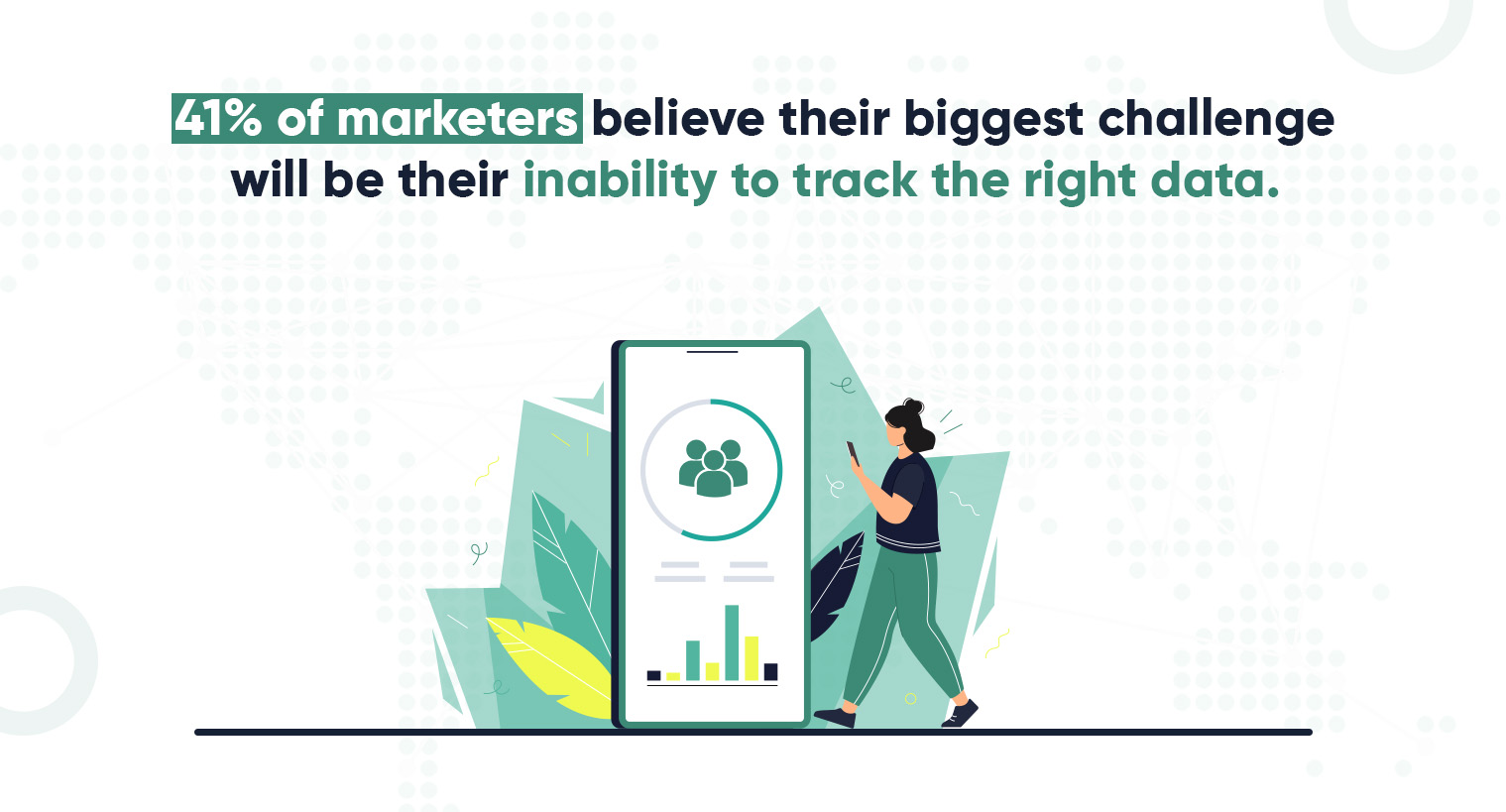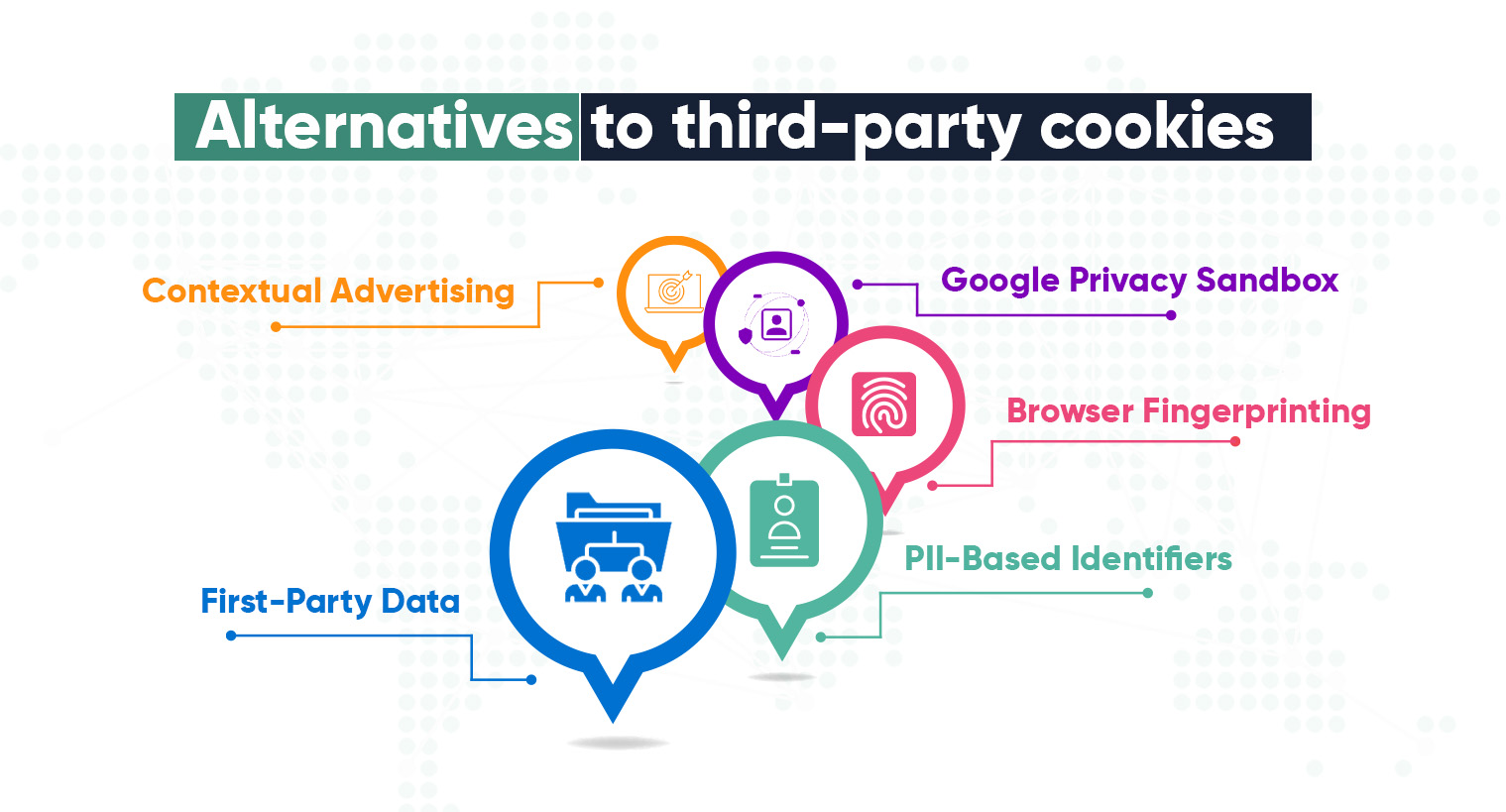Fall Weather and the Consumer: Drive Ad Campaigns for Seasonal Success
PUBLISH DATE: 16 November 2023
Weather has the most profound impact on the consumer. Every buying decision depends on the temperature. If the temperature drops it changes a person’s decision about what they wear, what they will eat, the places to visit, and even the mode of transport. According to a study by the British Retail Consortium (BRC), consumer behavior is notably influenced by weather as the second most significant factor, following the economic conditions.
Interestingly, advertisers are aware of this impact and are finding every possible way to make the most out of this impact. The weather-forecasting has become a multi-billion dollar business. A temperature rise of 15 degrees Celsius within a week corresponds to a 24% surge in the sales of air conditioners and an 11% increase in suncare product sales. Conversely, a 15-degree Celsius temperature drop over the same period results in a 15% uptick in the sales of portable heaters.
Weather is the driving force behind a consumer’s decision! So, whether you’re a small local shop or a multinational corporation, reaching your audience effectively to make the most out of this fall season becomes more important than ever.
Significance of Weather Targeting in Sales Strategies
Weather is a crucial yet often underestimated factor in the sales process. Here are some compelling reasons why advertisers should integrate weather-based advertising into their strategies:
Impact on Buying Patterns:
Consideration of seasonal triggers is vital for effective advertising. For instance, in June, sales of items like beer, suntan lotion, and deodorant see a notable increase. Adjusting media budgets during such periods allows companies to capitalize on these changing shopping behaviors. Conversely, businesses focusing on products like baking mixes, warm apparel, or batteries should enhance advertising efforts from November onward, anticipating an uptick in sales during this time.
Mood Influence:
Weather significantly affects consumer moods at the onset of each new season. Generally, consumers exhibit a sense of optimism, leading to increased spending. Notably, 21% of surveyed individuals express excitement about updating their wardrobe with the arrival of fall, with Gen Z showing an even higher percentage at 39%. (Source: IBM)
Impact on Shopping Preferences:
Weather plays a crucial role in determining how consumers choose to engage with brands. For instance, on hot summer days, shoppers may prefer going to air-conditioned malls for purchases. Conversely, snowy winter days might prompt consumers to opt for online shopping to avoid inclement weather. Advertisers can align their strategies accordingly to boost sales, whether in-person or online.
Small Temperature Changes, Big Results:
Even slight weather variations can have a substantial impact on sales. A minor temperature drop can prompt people to reach for coats and indulge in hot cocoa. Conversely, in certain regions, a 60-degree day after a long winter may feel warm, leading to increased sales of items like ice cream in anticipation of spring.
Understanding and leveraging these weather-related nuances can significantly enhance the effectiveness of advertising strategies.
When Should your Brand Launch Fall Campaigns?
Rather than relying solely on calendars or historical data, leveraging weather forecasts becomes a valuable predictor for anticipating the onset of fall buying behaviors. According to a survey, 65% of individuals make seasonal adjustments based on the perceived weather conditions, presenting a crucial marketing touchpoint when consumers are most receptive to influence.
Identifying the commencement of autumn is complex, influenced by regional disparities and evolving global weather patterns. As 65 degrees feels distinct in Miami compared to Minneapolis, capturing the moment when individuals embrace fall attire becomes challenging.
Implementing a robust predictive and real-time weather strategy allows savvy brands to enter the market precisely when consumers embrace fall-like temperatures. Here are three essential weather strategies for brands this fall:
1. Timing is Everything
Weather significantly influences consumption habits, especially during seasons featuring distinctive and fleeting flavors like apple, cinnamon, and pumpkin spice. A study found that 53% of people are more likely to choose a product when its campaign aligns with local weather conditions. A global coffeehouse brand effectively utilized fall weather vibes, dynamically aligning its seasonal pumpkin-spiced beverage with real-time weather conditions. The campaign employed weather triggers such as the onset of fall, outdoor activities, and cold, sunny weather, resulting in increased brand preference by 13% and purchase intent by 8% among key audiences.
2. Be the Antidote to Seasonal Allergies
Approximately 70% of consumers check the weather forecast weekly to manage their health, with a significant focus on seasonal allergies. Recognizing that weather patterns affect allergy sufferers whose symptoms start earlier and last longer, an allergy brand employed high-impact dynamic creative and Weather Targeting. The creative was strategically served when optimal conditions for exacerbated symptoms were present, leading to an 11.2% increase in aided awareness, an 11.4% rise in favorability, a 50% increase in click-through rate (CTR), and a 9.5% boost in purchase intent.
3. Turn Party Goers into Patrons
With fall being a season of gatherings due to back-to-school, sports events, and holidays, there’s a prime opportunity to build customer preference.
In summary, incorporating these weather-driven strategies can enhance brand visibility, relevance, and consumer engagement during the fall season.
Put Fall Weather Strategies to Your Advantage
As the fall season progresses, brands must adopt a dynamic weather strategy that aligns with shifting consumer preferences, enabling the creation of compelling advertising campaigns tailored to the autumn ambiance. Forward-thinking companies are collaborating with Mirrors by Silverpush to identify relevant moments, forecast consumer sentiments, preferences, and purchasing behaviors.
Explore our comprehensive range of solutions and Contact us to get a brief on our complete portfolio of offerings.
The Cookieless Future: How to Thrive in the Life After Cookies?
PUBLISH DATE: 08 February 2023
With 60% of global web traffic going cookieless by 2023. Advertisers are still not clear on how to navigate the landscape in the cookieless future. Silverpush’s AI solutions will help fill this gap by providing alternative targeting methods to advertisers & publishers.
Going back to 1992, the year when Netscape made a significant impact in digital history by inventing cookies, allowing websites to save user information and preferences.
This marked a turning point for the digital advertising industry which experienced a revolution as cookies soon became the lifeblood of the online ecosystem. The digital advertising market is currently worth $681.39 billion, and cookies play a major role in its rapid expansion.
As we move forward to 2023, third-party cookies have become a menace for advertisers and publishers who are now looking for alternatives to reach their audience with cookieless advertising solutions.
What Does the Removal of Third-Party Cookies Mean for Advertisers and Publishers?
Today, 86% of US marketers rely on third-party cookies to gain information about user behavior. The impending elimination of third-party cookies presents a major challenge for advertisers to effectively track user behavior and deliver personalized ads.
This change has the potential to negatively impact the digital advertising industry, reducing its efficacy. Publishers will also face difficulties in monetizing their websites, potentially leading to a reduction in the quality of online content as they explore alternative revenue streams like subscriptions or paywalls.

Despite the growing privacy concerns of consumers, personalization remains a priority for them. Marketers must find new solutions to provide personalized experiences without relying solely on third-party cookies to avoid a decrease in ad revenue.
As a marketer, it’s crucial to stay informed and explore new solutions to navigate this shift successfully. This blog will provide answers to your questions on how to adapt to this change.
What Does Cookieless Future Mean?
The cookieless future or cookieless world refers to the ban on third-party cookies. The decision to ban third-party cookies was initiated by Safari and Firefox and later adopted by Google.
The phase-out of third-party cookies by Google, originally scheduled for 2022, was postponed to 2023 and has now been further delayed to the second half of 2024. Take a look at the timeline of third-party cookie depreciation and how Google has again pushed back its deadline, this time to 2024.

This shift in the digital landscape is driven by privacy concerns and will have a significant impact on advertisers and marketers who rely on cookies to gather information about their target audience.
In the cookieless future, advertisers will need to find third-party cookie alternatives for personalization and targeting, such as through first-party data and the use of privacy-focused advertising methods like contextual advertising.
They should also consider investing in the development of new data sources and technologies and prioritize transparency and user privacy.
To prepare for this change, advertisers and marketers should stay informed about industry developments and new regulations in privacy and data usage.
What Will Happen in a Cookieless World?
An immediate impact of a future without cookies will be seen in the size of third-party audiences, causing a decrease in their viability for media buying.
As a result, marketers will face lower conversion rates and ineffective targeting.
To counteract this impact, marketers must devise innovative audience analysis techniques and utilize alternative marketing methods such as email marketing.
In the wake of phasing out third-party cookies, businesses and marketers need to shift to advertising industry’s next big step – contextual targeting as much as possible.
Contextual targeting strategies could prove crucial to successfully personalize experiences throughout the customer journey while ensuring data security and relevant, targeted advertising opportunities.
Also read: https://www.silverpush.co/news/what-does-life-after-third-party-cookies-look-like/
How Can Marketers Prepare for a Cookieless Future?
As the use of third-party cookies faces imminent extinction, the advertising industry has been actively searching for alternative solutions. Despite the availability of various options, each comes with its own limitations. Here are some of the top substitutes for third-party data to drive your digital marketing efforts:

1. First-Party Data
This targeting method also uses cookies, enabling similar targeting capabilities. However, first-party data strategies only track a consumer’s activity within the website that has implemented them.
For instance, if a consumer returns to Pepperfry.com, the site will recall the furniture they previously viewed, but that furniture won’t follow that person to other sites.
This approach allows marketers to target ads to consumers effectively on their own websites without tracking them beyond their platforms. While some customers may appreciate the personalization, collecting first-party data may still feel intrusive to those who are simply browsing and don’t want to feel followed.
2. PII-Based Identifiers
Using personal identification information such as email addresses or phone numbers, marketers can track users across different devices. This is in contrast to cookies, which do not typically transfer between desktop and mobile. With PII-based identifiers, a site can recognize when a previous user has returned by recognizing an ID generated from a login or other site action. This ID does not link to any personally identifiable information, but instead to the user’s online behavior.
3. Browser Fingerprinting
This technique identifies a device and user by assessing various attributes of a device through the browser. This includes browser type, operating system, active plugins, timezone, language, screen resolution, and settings. While browser fingerprinting can accurately identify the same user across interactions, it is not 100% certain.
4. Google Privacy Sandbox
Google Privacy Sandbox, which is still in its early development stages, aims to provide advertisers with anonymized information through the use of five application programming interfaces (API) in Chrome’s browser instead of cookies. This will limit the amount of information available to marketers while allowing individual users to remain anonymous.
5. Contextual Advertising
Contextual advertising is the only option that does not involve any surveillance. Instead of focusing on consumer identity, contextual advertising displays advertisements next to content that is relevant to the ads.
Which one would you like better? Viewing an ad for sports shoes while reading an article about Jeff Bezos (because a few days back you were scrolling through the internet searching for gym shoes) or, coming across an ad for sports shoes while reading an article on fitness.
Definitely, the latter! Because it is relevant to the content they are currently engaged with.
By targeting interests rather than individuals, contextual advertising is a smart option for advertisers to target consumers in the imminent cookieless future.
Ad tech companies like Silverpush are at the forefront of the shift towards a more privacy-focused and cookie-free future, thanks to advancements in contextual technologies.
Silverpush Will Help You Thrive in Cookieless World
Silverpush saw the flaws of third-party cookies years ago. Since, they’re not people-based, not transparent, and can’t identify people over time they never needed it to help their clients reach their relevant audience.
Silverpush, a contextual advertising company has always known that the key to reaching the relevant audience is through contextual targeting.
That’s why we built our AI-powered solution – Mirrors in 2012. Initially, we offered our contextual advertising solutions only on YouTube. Now we have expanded our technology to OpenWeb, Meta, and CTV.
Mirrors privacy-safe and contextual targeting solutions are a rescuer in the cookieless world. Personalized ads are delivered to the audience with zero dependencies on their data. Most importantly, the placement of ads is done in a completely brand-safe environment with relevance to a particular brand.








